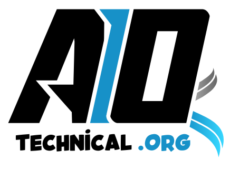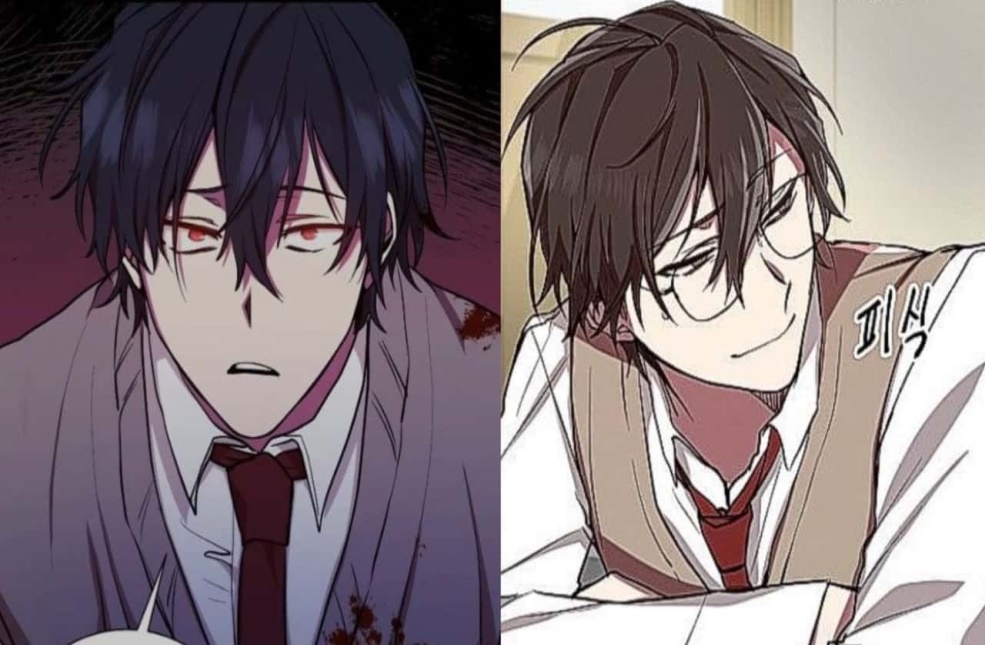“My School Life Pretending to be a Worthless Person Wiki” is a captivating story that blends elements of fantasy, action, and drama. This narrative captures the trials and triumphs of a seemingly worthless student navigating the complexities of school life, hiding his true potential while dealing with personal and external conflicts. The story has garnered significant attention for its unique plot and well-developed characters, making it a favorite among fans of the genre.
Plot Summary
These are the words of a seemingly ordinary student perceived as worthless by his fellows and teachers above. Unbeknownst to them, he had both extraordinary abilities and intelligence. The developed action will see him having to help everybody in secret and keep the worthless mask at the same time. The significant points of the plot can be his interactions with bullies, attempts to create an alliance of misunderstood students, and the difficulties that will be dangerous for him but remain no obstacles to his skills.
Main Characters
- Protagonist: The main character who pretends to be worthless but is highly skilled and intelligent. His development includes overcoming self-doubt and revealing his true capabilities.
- Antagonists: Various characters who oppose the protagonist, including bullies, rival students, and authority figures who underestimate him. Their interactions with the protagonist drive much of the conflict in the story.
Supporting Characters
Significant secondary characters include all parties who serve the purpose of helping the protagonist. These could be friends who support Max throughout the game or potential allies who assist him during significant events. These characters are essential to the game’s plot: they provide the protagonist with her help, equipment or different resources, and may also oppose some of the player’s decisions.
Settings
The primary setting is the school; thus, all the locations are either school buildings, the protagonist’s home, secret places in the school building where the protagonist can hide, and the places where all significant events happen. A thorough description of each of them enhances the setting in the game of the aforementioned occurrences.
Themes
Major themes explored in the story include the struggle for self-acceptance, the impact of societal expectations, and the importance of true friendship. These themes are interwoven throughout the narrative, providing depth and resonance.
Symbolism and Motifs
Key symbols and motifs include the protagonist’s hidden talents representing untapped potential, and various objects and events that symbolize growth and resilience. These elements add layers of meaning to the story.
Genre
The story is classified as a blend of fantasy, drama, and action. Elements such as the protagonist’s hidden abilities and the high-stakes conflicts contribute to its genre classification.
Author Background
The author of “My School Life Pretending to be a Worthless Person” has a history of writing engaging and thought-provoking stories. Their other notable works often explore similar themes of hidden potential and personal growth.
Publication History
Initially released as a serialized story, it has since been compiled into several volumes. Over time, it has gained a dedicated readership and positive critical reception.
Adaptations
The story has been adapted into various media, including a popular webtoon and an animated series. Each adaptation brings unique elements while staying true to the original narrative.
Critical Reception
Critics have praised the story for its well-developed characters, engaging plot, and meaningful themes. It has received several awards and nominations in the fantasy and drama genres.
Fandom
The story has a vibrant fan community that engages in activities such as fan art, fan fiction, and discussions about the plot and characters. Fan theories about future developments and character backstories are common.
Merchandise
Merchandise related to the story includes posters, figurines, and apparel. Popular items among fans often feature the main characters and key scenes from the story.
Cultural Impact
The story has influenced popular culture, inspiring references in other media and discussions about its themes and characters. Its impact extends beyond its immediate fan base, contributing to broader cultural conversations.
Character Analysis: Main Protagonist
The main protagonist’s journey from being perceived as worthless to revealing his true potential is a central focus of the story. Key moments include his strategic thinking in overcoming challenges and his growth in self-confidence.
Character Analysis: Main Antagonist
The main antagonists challenge the protagonist in various ways, highlighting his strengths and vulnerabilities. Their interactions are pivotal in driving the story’s conflict and resolution.
Narrative Style
The narrative style combines detailed descriptions with engaging dialogue, providing a balanced and immersive reading experience. The perspective shifts between characters, offering different viewpoints on events.
Dialogue
Dialogue is a crucial element, revealing character traits and advancing the plot. Significant conversations often revolve around the protagonist’s hidden abilities and the conflicts he faces.
Conflict
Major conflicts include the protagonist’s internal struggle with self-worth and external conflicts with bullies and authority figures. These conflicts are central to the narrative, driving the protagonist’s development.
Resolution
The story concludes with the protagonist’s true potential being recognized, resolving many of the conflicts and setting the stage for future growth. The ending provides a satisfying resolution while leaving room for potential sequels.
Reader Engagement
Elements that engage readers include the relatable struggles of the protagonist, the suspenseful plot, and the emotional depth of character interactions. The story appeals to both young adults and older readers.
Character Relationships
Key relationships include the protagonist’s interactions with friends, mentors, and antagonists. These dynamics are crucial in shaping the story’s progression and the protagonist’s development.
Moral and Ethical Issues
The story explores ethical dilemmas such as the use of one’s abilities for personal gain versus helping others, and the importance of integrity and honesty. These issues add complexity to the narrative.
Philosophical Questions
Philosophical themes include the nature of self-worth, the impact of societal expectations, and the value of hidden potential. The story encourages readers to reflect on these deeper meanings.
Impact on the Genre
The story’s unique blend of genres and its exploration of hidden potential have influenced other works in similar genres, contributing to ongoing trends and themes in fantasy and drama literature.
Comparative Analysis
Compared to similar works, “My School Life Pretending to be a Worthless Person” stands out for its detailed character development and its balance of fantasy and realism. Its strengths lie in its engaging plot and meaningful themes.
Reading Experience
Reader feedback highlights the story’s ability to captivate and inspire. Testimonials often mention the relatable struggles of the protagonist and the satisfying resolution of the plot.
Illustrations and Art
Associated artwork includes detailed illustrations of characters and key scenes, enhancing the visual appeal of the story. Analysis of these visuals provides deeper insights into the narrative.
Educational Value
The story offers lessons in resilience, self-acceptance, and the importance of using one’s talents for good. It is often used in educational settings to discuss these themes.
Quotes
Memorable quotes from the story include the protagonist’s reflections on self-worth and key dialogues that reveal character dynamics. Analysis of these quotes highlights their significance in the narrative.
Symbolic Characters
Certain characters serve as symbols, representing themes such as resilience, friendship, and hidden potential. Their symbolic meanings add depth to the story.
Pacing
The pacing of the narrative balances action and introspection, keeping readers engaged while allowing for character development. The story’s structure ensures a smooth flow of events.
Foreshadowing
Examples of foreshadowing include hints about the protagonist’s abilities and upcoming conflicts. These elements build suspense and anticipation, enhancing the reader’s engagement.
Flashbacks
Flashbacks are used to reveal the protagonist’s past and provide context for his actions and decisions. These scenes enrich the narrative by offering deeper insights into his character.
Cliffhangers
The use of cliffhangers keeps readers eagerly anticipating the next installment. These moments of suspense are strategically placed to maintain engagement.
Humor
Humor is interwoven into the narrative, providing relief from the more intense moments and highlighting character interactions. Examples of comedic elements add to the story’s appeal.
Tragedy
Tragic elements include the protagonist’s struggles and losses, which add emotional depth to the story. These moments of tragedy contribute to his growth and resilience.
Romance
Romantic relationships in the story are developed with care, adding another layer of complexity to the characters’ interactions. Their significance lies in their impact on the protagonist’s journey.
Action Scenes
Action scenes are vividly described, driving the plot and showcasing the protagonist’s abilities. These scenes are crucial in maintaining the story’s excitement and momentum.
Suspense
Suspense is built through the protagonist’s hidden abilities and the high-stakes conflicts he faces. Techniques such as foreshadowing and cliffhangers enhance the tension.
Fantasy Elements
Fantasy aspects, such as the protagonist’s extraordinary abilities, play a central role in the story. These elements are integrated seamlessly with the realistic setting, creating a compelling narrative.
Realism
Realistic elements include the everyday challenges of school life and the protagonist’s relatable struggles. The balance between fantasy and realism adds depth to the story.
Language and Style
The use of language and stylistic choices, such as descriptive passages and engaging dialogue, enhance the narrative. These elements contribute to the overall reading experience.
Audience
The target audience includes young adults and fans of fantasy and drama. The story’s appeal to different demographics lies in its relatable themes and engaging plot.
Publishing Journey
The author faced challenges in getting the story published, including finding the right publisher and marketing the book. Their experience and process offer insights into the publishing industry.
Marketing and Promotion
Promotion strategies included social media campaigns, author interviews, and book signings. These efforts contributed to the book’s success and visibility.
Sales and Popularity
Sales figures and popularity metrics indicate the story’s commercial success. Analysis of these metrics highlights its appeal and impact on the market.
Future Prospects
Potential for sequels or spin-offs exists, with the story’s rich world and characters providing ample material for future projects. The author has hinted at upcoming works that continue the narrative.
Conclusion
In summary, “My School Life Pretending to be a Worthless Person” is a richly developed story that explores themes of hidden potential and self-acceptance. Its engaging plot, well-developed characters, and meaningful themes have made it a favorite among readers. The story’s impact on its genre and its cultural significance ensure its lasting appeal and influence.

